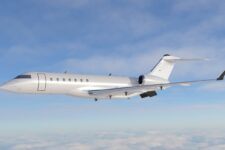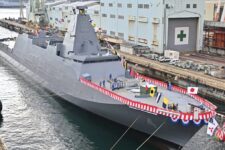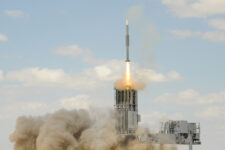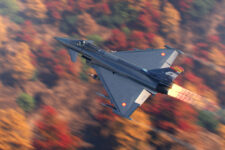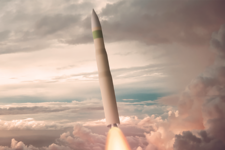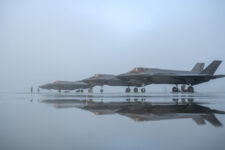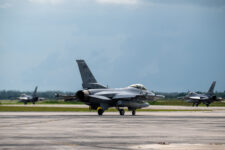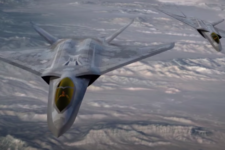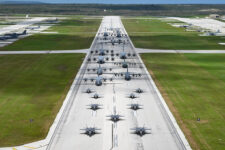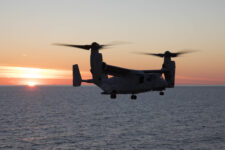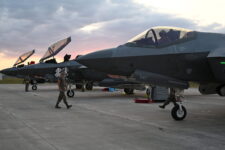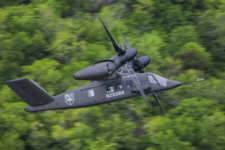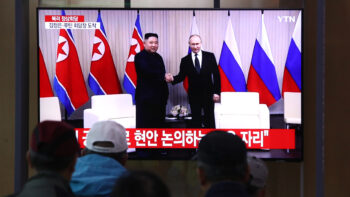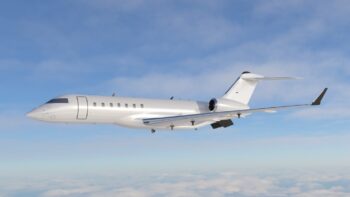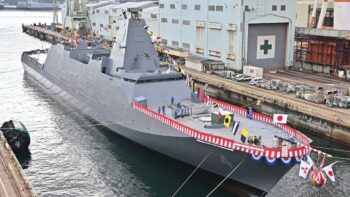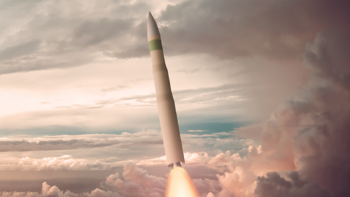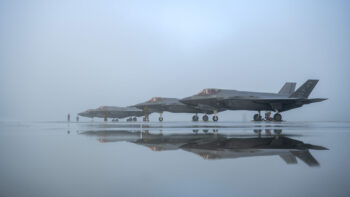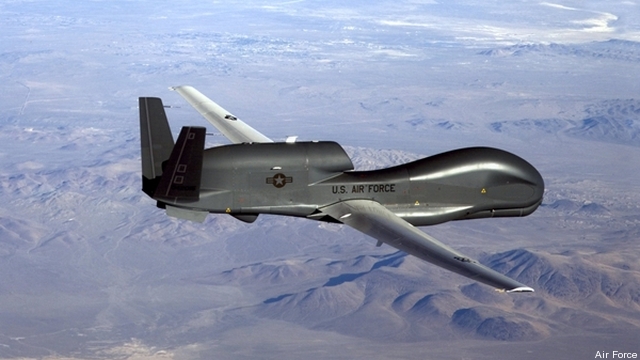 THE PENTAGON: The Air Force is attempting to buy and build its way out of the hole it created by canceling the latest variant of the Global Hawk program, service officials said today.
THE PENTAGON: The Air Force is attempting to buy and build its way out of the hole it created by canceling the latest variant of the Global Hawk program, service officials said today.
Service officials want to pour billions into new unmanned aircraft and revamp its current intelligence, surveillance and reconnaissance fleet as part of its $154.2 billion budget request for fiscal 2013 sent to Capitol Hill today. Service officials are hoping that investment will close the capabilities gap created by the termination of the Block 30 version of the Global Hawk. Service officials opted to kill the venerable ISR drone as a way to meet a $54 billion cost-cutting goal set by the White House earlier this year.
Service leaders plan to buy 24 MQ-9 Reaper drones, which are included in the Air Force’s $18.4 billion request for new aircraft this fiscal year, according to Maj. Gen. Ed Bolton, deputy assistant secretary for Air Force budget. Service leaders had been banking on the Block 30 to help them reach their goal of 65 combat air patrols by fiscal ’14. A combat air patrol, or CAP, is the maximum amount of airspace a single unmanned drone or team of drones can cover at any one time. The new Reapers the service plans to buy this fiscal year will keep the Air Force on track to hit that 65 CAP goal, despite the termination of the Global Hawk.
Service leaders are also pumping $44.3 billion into operating and maintaining its combat fleet in fiscal ’13, That figure is a $300 million increase compared to what service leaders spent on ops and maintenance in fiscal ’12, Bolton told reporters during today’s briefing here. Part of that funding will go toward modernizing its E-8 Joint Surveillance and Attack Radar System — a military version of Boeing’s 707, modified for intel and surveillance ops. The Air Force is looking to increase the plane’s ability to track moving targets on the ground, Bolton said. That capability is one that service leaders initially tagged the newer, Block 40 version of the drone that DoD opted to keep in the fleet. But that plane won’t be operational until 2014. The modified JSTARS could fill that requirement gap until the Block 40 comes online. While service leaders are doing what they can with the current fleet to make up for the Global Hawk cut, they have not financed any modernization work for the U-2 spy plane.
The Cold War-era U-2 will pick up the majority of the Global Hawk’s missions for the Air Force. However, the planes capabilities — particularly its package of intel sensors — “are capable” and do not require additional upgrades to fill the Global Hawk’s role, Bolton said. In fact, the two-star general said it would have cost the service more money to upgrade the Block 30’s intel sensor package to the level of the U-2. That cost, he added, was one of the main factors that led to the program’s cancellation. Despite the Block 30’s termination, Global Hawk manufacturer Northrop Grumman are still holding out hope it can secure funding for the Block 30M aircraft from Capitol Hill. The handful of Block 30Ms undergoing operational testing at Beale Air Force Base in California have performed well, insiders say. That performance, coupled with the drone’s past successes in Southwest Asia and Libya could be enough to convince Capitol Hill, according to industry insiders.
The terror of war, a helo crash mystery and the business of defense: 5 Middle East stories from 2024
From eye-witness accounts of the Israeli invasion of Lebanon to a rare appearance of Iranian weapons at a foreign arms expo, there’s a selection of Breaking Defense’s Middle East coverage.

